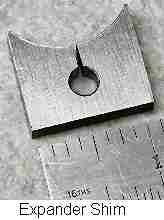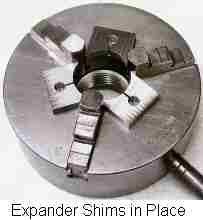This topic continues to come up. I've just nipped in the shed, fitted my self centering 5 inch TOS chuck (which are in the £200-£300 range now and the backplate was machined in situ on my Sieg C6B). I made sure all the mating surfaces between back plate and spindle were scrupulously clean. The spindle has a centre pop mark to align to a centre pop mark on the backplate, so it goes on in the same place it was machined everytime.
With a piece of decent bar in the chuck, tightened on the square marked with a "0" and then nipped up on the other, the runout is +/- 0.02mm (0.04mm TIR) 25mm from the chuck I am chuffed to bits with that.
I'll measure the runout on the chinese chuck that came with the lathe if I get time, but it really isn't worth bothering about.
Repeating what's been said above, use an independent jaw chuck and clock the workpiece if better accuracy is needed. Or don't remove the workpiece until all the concentric features have been completed.
I'm not an expert, but grinding jaws is an action of last resort to recover what is other wise a scrap chuck isn't it? Doesn't it mean the runout is only good at the position they were ground?
Must go back in the shed to make some more bits for that steam engine…
Steve
Mark Lawson 1.







